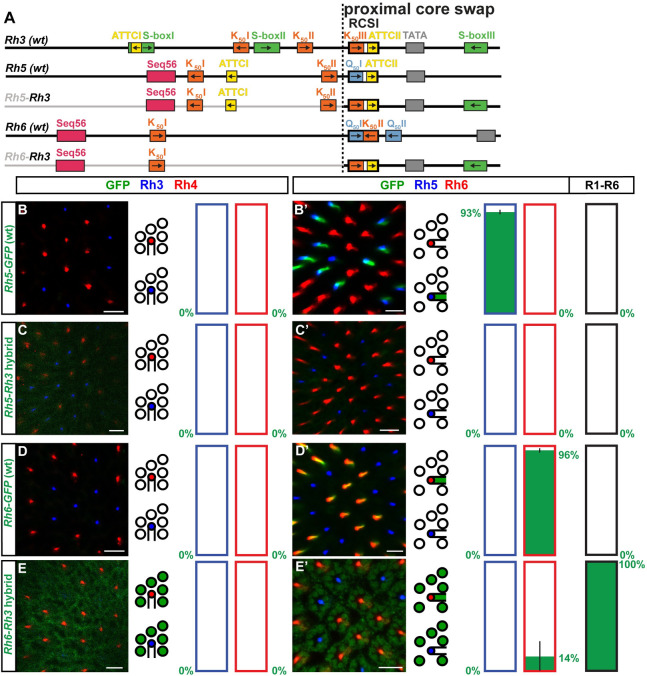Fig 9. Shared cis-regulatory features do not predict the compatibility of distal and proximal promoter regions.
(A) Schematic comparison of wild type promoters and hybrids to test the reverse compatibility of hybrids that had compatible motif combinations (see text). Note shared motifs such as K50 motifs and ATTC motifs. The dotted vertical lines indicate the break/fusion point of the hybrids immediately upstream of the RCSI motif that is found in a similar position in all Rhs. (B)—(E) Wild type promoters and hybrids driving GFP reporter expression (green) in the R7 layer. Rh3 (blue) labels pR7s and Rh4 (red) labels yR7s. Bar graphs show GFP co-expression in the Rh3 or Rh4 subset, respectively. (B’)—(E’) Wild type promoters and hybrids driving GFP reporter expression (green) in the R8 layer. Rh5 (blue) labels pR8s and Rh6 (red) labels yR8s. Bar graphs show GFP co-expression (green) in the Rh5, Rh6, or R1-R6 subset. Green numbers indicate the mean percentage of co-expressing photoreceptors, error bar represents standard error of the mean. (B) and (B’) The wild type Rh5 promoter drives subtype-specific GFP reporter expression in the pR8/Rh5 subset (statistics are the same as in Fig 5D–5D’). (C) and (C’) The Rh5-Rh3 hybrid does not drive detectable GFP expression in photoreceptors. N = 12 retinas and n = 732 R7s for (C); N = 9 retinas, n = 576 R8s and 3,456 R1-R6 PRs for (C’). (D) and (D’) The wild type Rh6 promoter drives subtype-specific GFP expression in the yR8/Rh6 subset. N = 12 retinas and n = 786 R7s for (D); N = 12 retinas, n = 1,313 R8s and 7,878 R1-R6 PRs for (D’). (E) and (E’) The Rh6-Rh3 hybrid drives weak GFP expression in R1-R6 and some yR8s. N = 7 retinas and n = 565 R7s for (E); N = 10 retinas, n = 690 R8s and 4,140 R1-R6 PRs for (E’). Scale bars, 10 μm.

